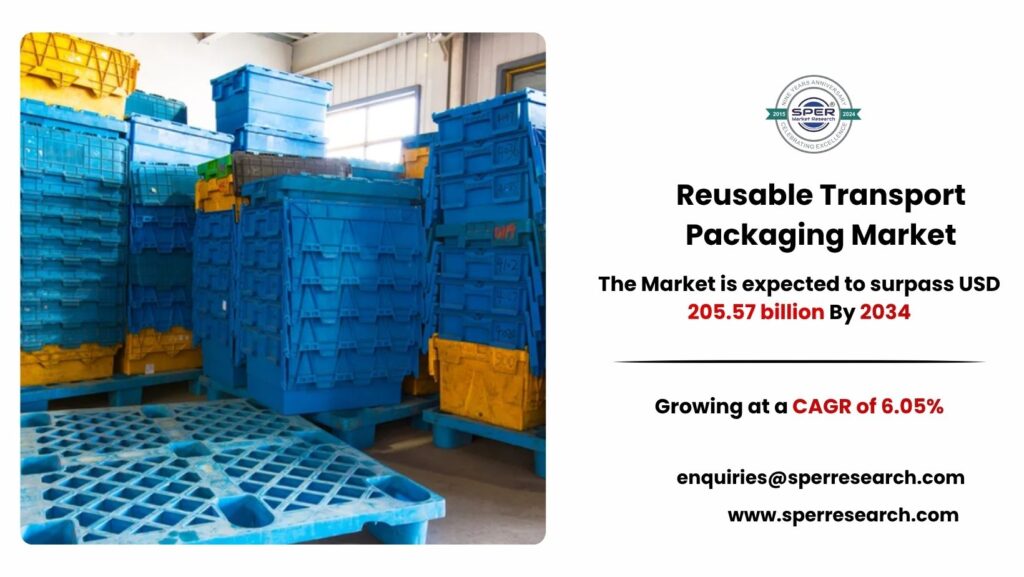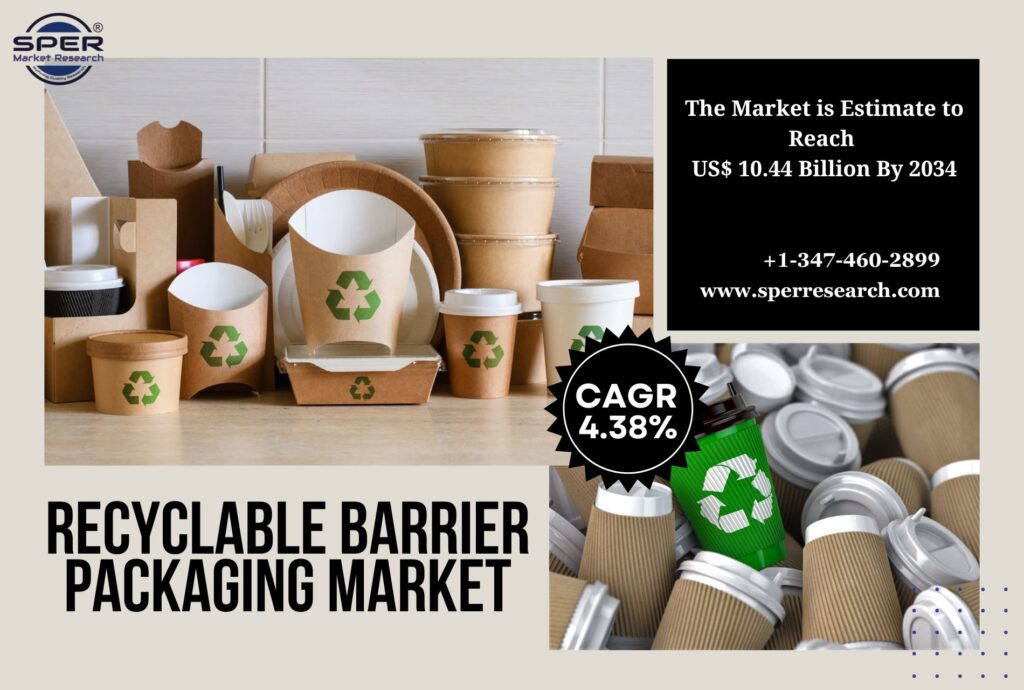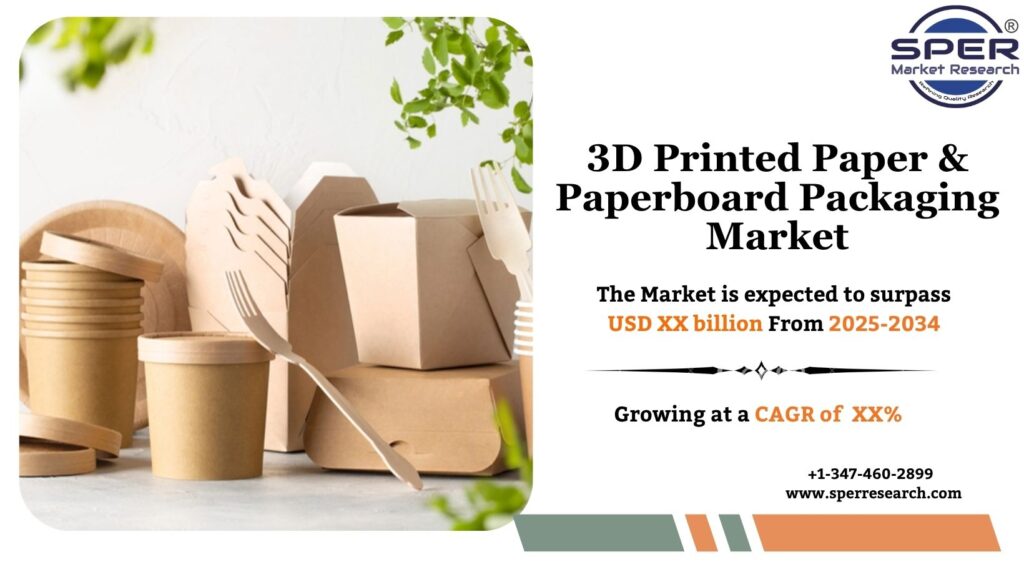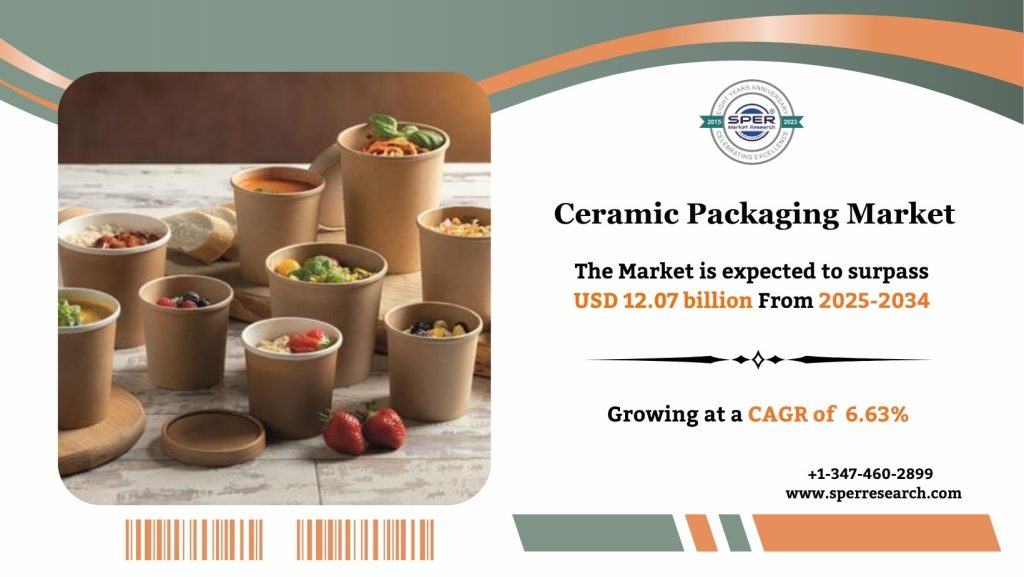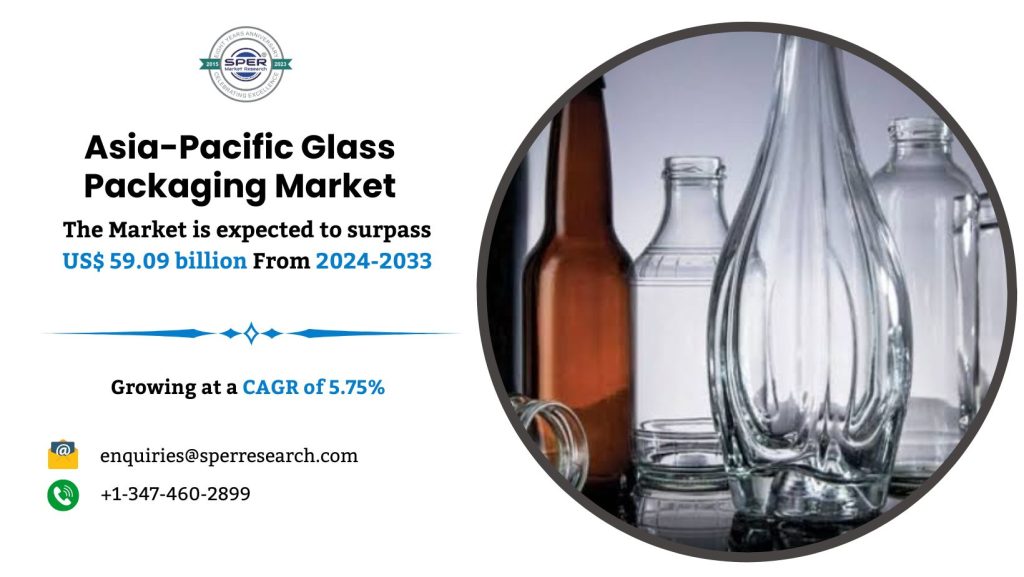Next-gen paper-based and fiber-based packaging represents advanced, eco-friendly alternatives to conventional plastic packaging. Developed from renewable, biodegradable, and recyclable fibers, these solutions aim to minimize environmental impact while ensuring strength, safety, and convenience. Examples include recyclable cartons, molded fiber trays, paper bottles, compostable containers, and corrugated boxes. Rising consumer preference for sustainable products, stricter regulations on single-use plastics, and ambitious corporate sustainability targets are driving adoption. Supporting the circular economy, this packaging emphasizes recyclability and compostability, making it a preferred choice across industries such as food and beverages, personal care, retail, and e-commerce.
According to SPER market research, ‘Global Next-gen Paper-based And Fiber-based Packaging Market Size- By Material, By Application – Regional Outlook, Competitive Strategies and Segment Forecast to 2034’ state that the Global Next-gen Paper-based And Fiber-based Packaging Market is predicted to reach 531.2 Billion by 2034 with a CAGR 3.78%.
Drivers:
The next-gen paper- and fiber-based packaging market is expanding due to increasing consumer preference for sustainable options and regulatory pressure to limit plastic use. Advances in recyclable and biodegradable materials are accelerating this shift, while growing concern over plastic pollution pushes consumers toward eco-friendly alternatives. Brands are responding by embracing paper- and fiber-based solutions to strengthen customer trust and loyalty. E-commerce growth further drives demand for durable, green shipping materials, with companies like Amazon adopting recyclable mailers and fiber padding. Ongoing innovations in molded fiber and corrugated board packaging support lightweight, protective, and low-emission solutions, fueling long-term market growth.
Request a Free Sample Report: https://www.sperresearch.com/report-store/next-gen-paper-based-and-fiber-based-packaging-market?sample=1
Restraints:
The next-gen paper-based and fiber-based packaging market encounters notable challenges alongside its growth opportunities. Higher production costs compared to conventional plastics often hinder large-scale adoption, particularly for smaller businesses. These materials also face limitations in barrier properties, such as protection against moisture, grease, and oxygen, which can restrict use in food and beverage applications without advanced coatings or treatments. Inconsistent recycling infrastructure across regions adds to the difficulty of effective waste management. Moreover, aligning with stringent regulatory requirements while ensuring durability, performance, and sustainability presents an ongoing challenge for manufacturers. North America dominates the market, supported by high sustainability awareness and strict regulations, with major US and Canadian brands reducing plastic use. Asia Pacific is set for fast growth, driven by industrialization, urbanization, and increasing packaged goods demand in China, India, and Southeast Asia. Some significant market players are DS Smith, Graphic Packaging International, LLC, International Paper, Koehler Paper,
For More Information, refer to below link: –
Next-gen Paper-based And Fiber-based Packaging Market Share
Related Reports:
Laminated Labels Market Growth
Follow Us –
LinkedIn | Instagram | Facebook | Twitter
Contact Us:
Sara Lopes, Business Consultant — USA
SPER Market Research
enquiries@sperresearch.com
+1–347–460–2899


